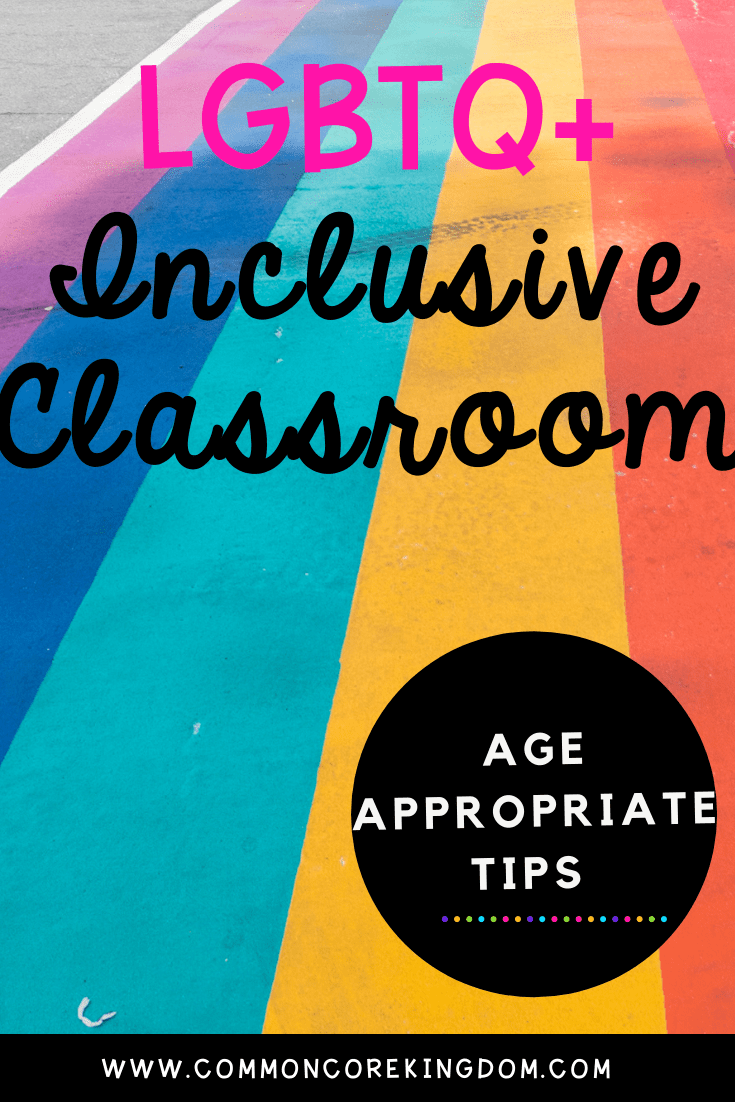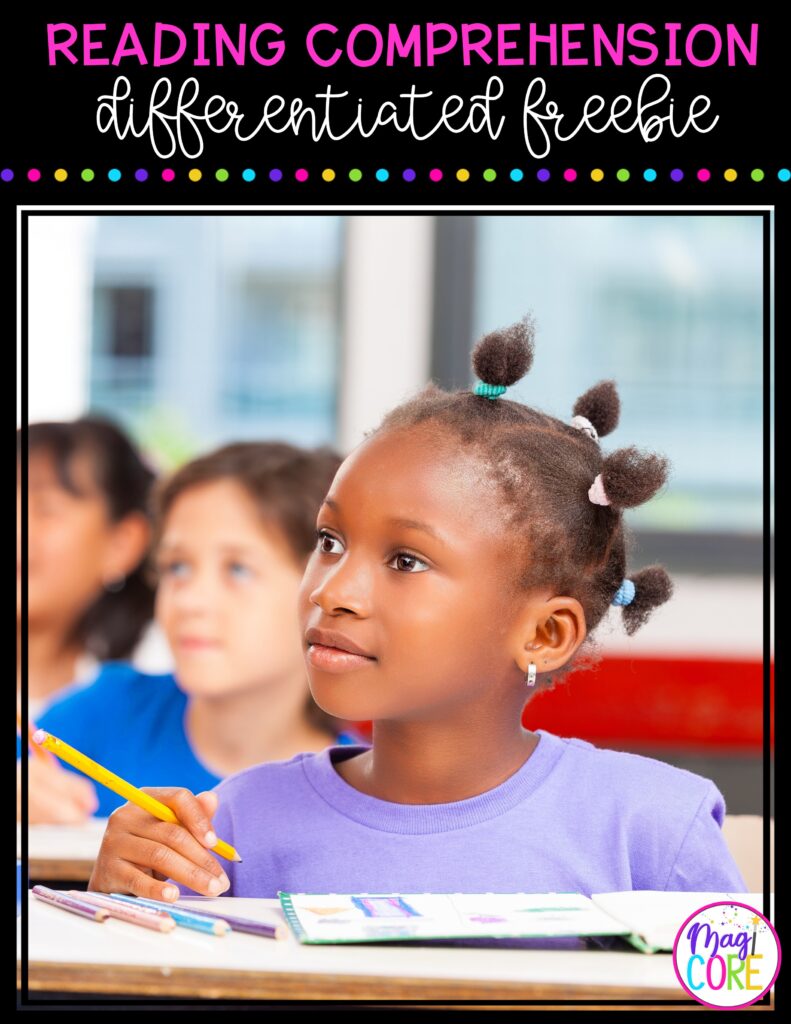When it comes to Pride and LGBTQ+ inclusion, many teachers can feel uncomfortable teaching about these topics in the classroom. Many believe we should not be teaching our children about “sex” in schools. However, gender identity and relationships are an important part of who we are as humans. In order to make our world a more accepting place and help fight discrimination, we must be inclusive of all family structures and individual identities, including LGBTQ+. Here are a few age-appropriate tips to help you be inclusive and teach about pride in the classroom.
While parents of same-sex families are already broaching this topic within their family, many heterosexual parents often do not talk to their children about sexual orientation or gender identity. Some lack the tools to do so. Others lack understanding, patience, or even kindness. As educators, I believe we need to foster a welcoming and inclusive environment for all students to feel loved and accepted.
Since teaching about pride can be controversial in some schools, districts, and with some families, I highly recommend teachers have open and forthcoming communication about this topic. Be sure you have support from your school and that you foster parent understanding of how you plan to address this topic.
If you’re uncomfortable covering pride in the classroom, ask yourself these questions:
If heterosexual relationships are okay to discuss, then homosexual relationships should be discussed in the same manner or context.
(Hello, classic fairytales?) If so, you should also incorporate stories that include diverse family structures.
Talking about LGBTQ+ people in a positive way helps to normalize all sexual and gender identities. This will prevent children from being ignorant and fearful of different people, which is a major precursor to prejudice and bullying. Having these open conversations helps children see the importance of acceptance and respect.
Read lots of books that show many different family structures. Children should see that not all families look the same. Families can be dual-parent, single parent, same-sex parents, adoptive, etc. Allow a safe space for younger children to ask questions. They are naturally curious, so allow for open conversations. When young children ask questions, keep answers simple and concrete. It is completely normal for young children at this age to play or pretend to be the opposite sex. Normalize this behavior. Making children ashamed of this type of play is unhealthy and places a stigma on not conforming to gender norms.
You can read more about my book recommendations here.
I also created a virtual field trip resource for Kindergarten and 1st grade that is focused on diverse family structures. It can help facilitate discussions about different types of families.
Have open conversations with your students about how to combat discriminatory comments and behavior from peers. What should they do if they hear someone else direct a comment such as “fag” or “gay” at a peer? What should they do if they hear someone making fun of someone who has a different family structure? Give your students tips to navigate situations like these.
It is also important to lead these conversations because children may engage in this type of behavior for peer acceptance. Challenge your students to stand up against peers who try to gain respect by bullying others who are different.
It is possible for children in this age range to question their own gender identity or sexual orientation. If that is the case, ensure your students have an accepting environment in your classroom. Continue to incorporate resources and literature that display a variety of family structures.
During this age, peer acceptance is increasingly important. Keep conversations going. Invite your students to think critically about how to handle issues with peer pressure. It is also during this time that sexual identity and gender identity become more apparent. Convey acceptance and support for all.
It is also important to be aware of the environment kids are in. During this time, you can have open conversations about social justice issues that include LGBTQ+ people. Incorporate lessons about important LGBTQ+ change-makers and historical figures. Include historical and current events related to LGBTQ+ rights.
It is also important to note that as teachers, we do not have all of the answers to these questions. If you don’t know the answer, it is okay to admit that to your students. Take the time to find answers together.
For more information on how to foster an LGBTQ+ inclusive classroom, check out my Three Ways to Support an LGBTQ+ Classroom with my book recommendations here.

We strive to create resources that empower teachers and transform student success. We create skill-focused resources that promote critical thinking, enhance student engagement, and incorporate diversity. Our goal is to develop the tools teachers need to reach their students and foster a lifetime of learning.

